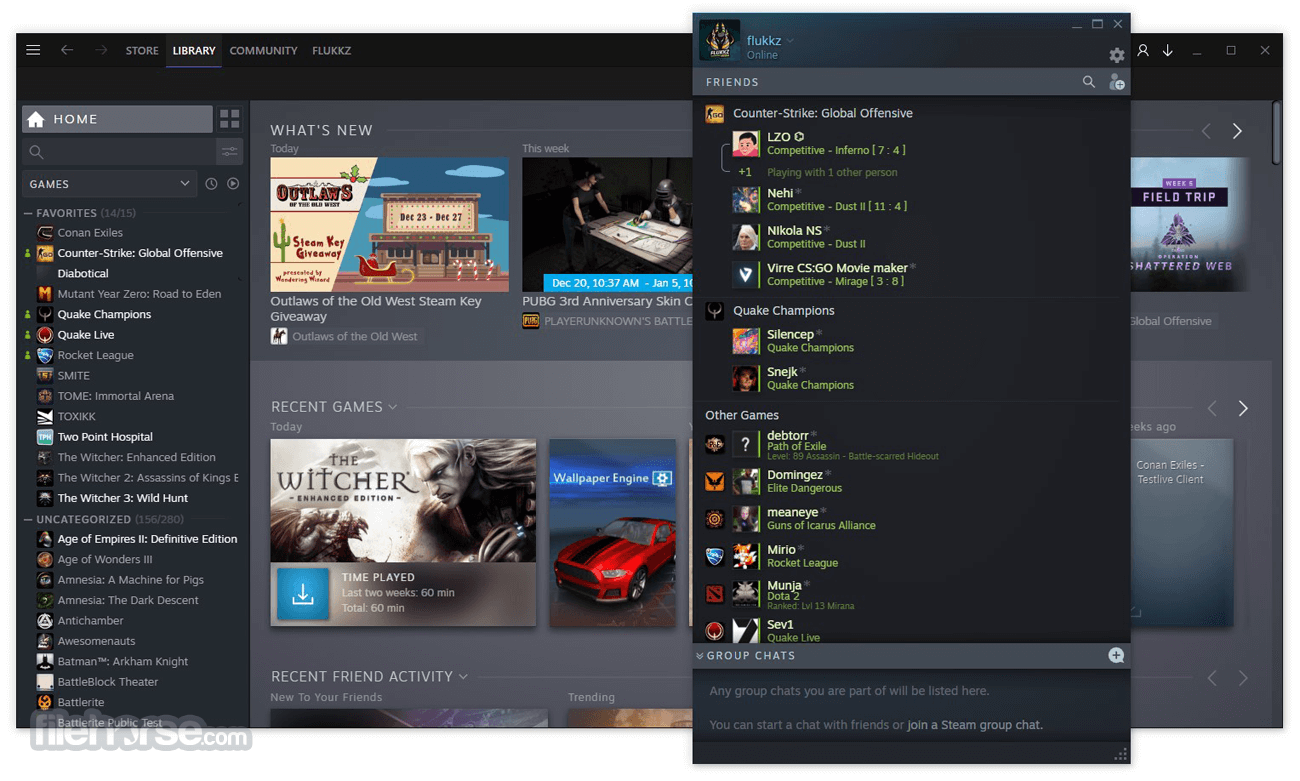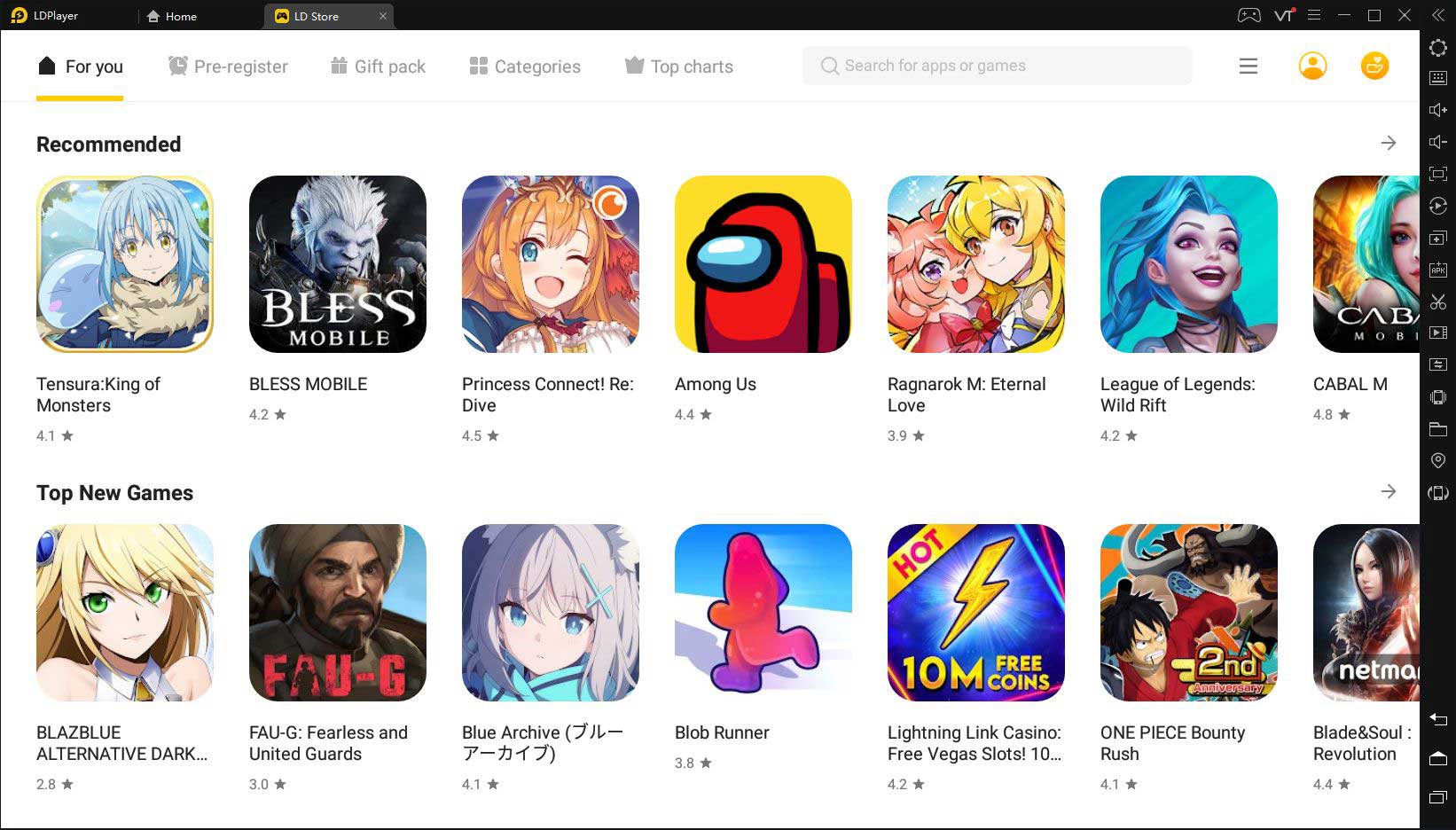

There are those players out there that have been released as open-source, so you can even download the entire thing for free. This is good because it will allow you to take advantage of any improvements that the player might have. You can use your web browser, of course, but there is also an option within the player itself to actually install the software by using an RPM package. There are many different ways to download a Lightweight Linux LD Player. Make sure to carefully read any documentation you may find about how to install the software and anything else that may concern your particular setup. So, if you’ve always wanted to try out your luck in poker, but you’re afraid of making mistakes, and losing money, you should consider downloading a Lightweight Linux LD Player right now.Īs with any computer program, there are potential problems with this kind of software that you should be aware of. Why would you want to download a Lightweight Linux LD Player? Well, a lot of people are getting very serious about playing Online Poker nowadays, since all the other online service providers are giving huge new concessions and discounts to their players. We have shared the offline installer of the LD player on this page. This is known as “webroot”, and it is a fancy name for the technology that allows the players to interact with the web pages. In fact, some sites allow you to play without having ever viewed a web page before. Your computer will then connect to the Internet, and start playing the game(s). After booting the live media, start the installer and follow the guided installation procedure.All you need is a fast Internet connection and a web browser.We recommend to boot the drive in UEFI mode if listed. Each command uses the same device and media but boots the PC in a different firmware mode. For example, you might see UEFI USB Drive and BIOS USB drive. You might see separate commands for the same device. From the setup utility, boot to the usb drive:.

Create a bootable USB using Garuda Downloader or (DD/Etcher/Ventoy/Rufus).UEFI is much preferred over BIOS whenever possible. If your firmware supports UEFI then configure your device to use UEFI only in its setup utility.Otherwise, the Linux kernel may not be able to detect your drive. Make sure that your device's SATA controller is set to AHCI mode in your device's setup utility.Check the manual of your device/motherboard for further info. It may not be possible to disable the latter explicitly - try clearing the secure boot keys instead.

Common keys used: Esc, Delete, F1, F2, F9, F10, F11, or F12.



 0 kommentar(er)
0 kommentar(er)
